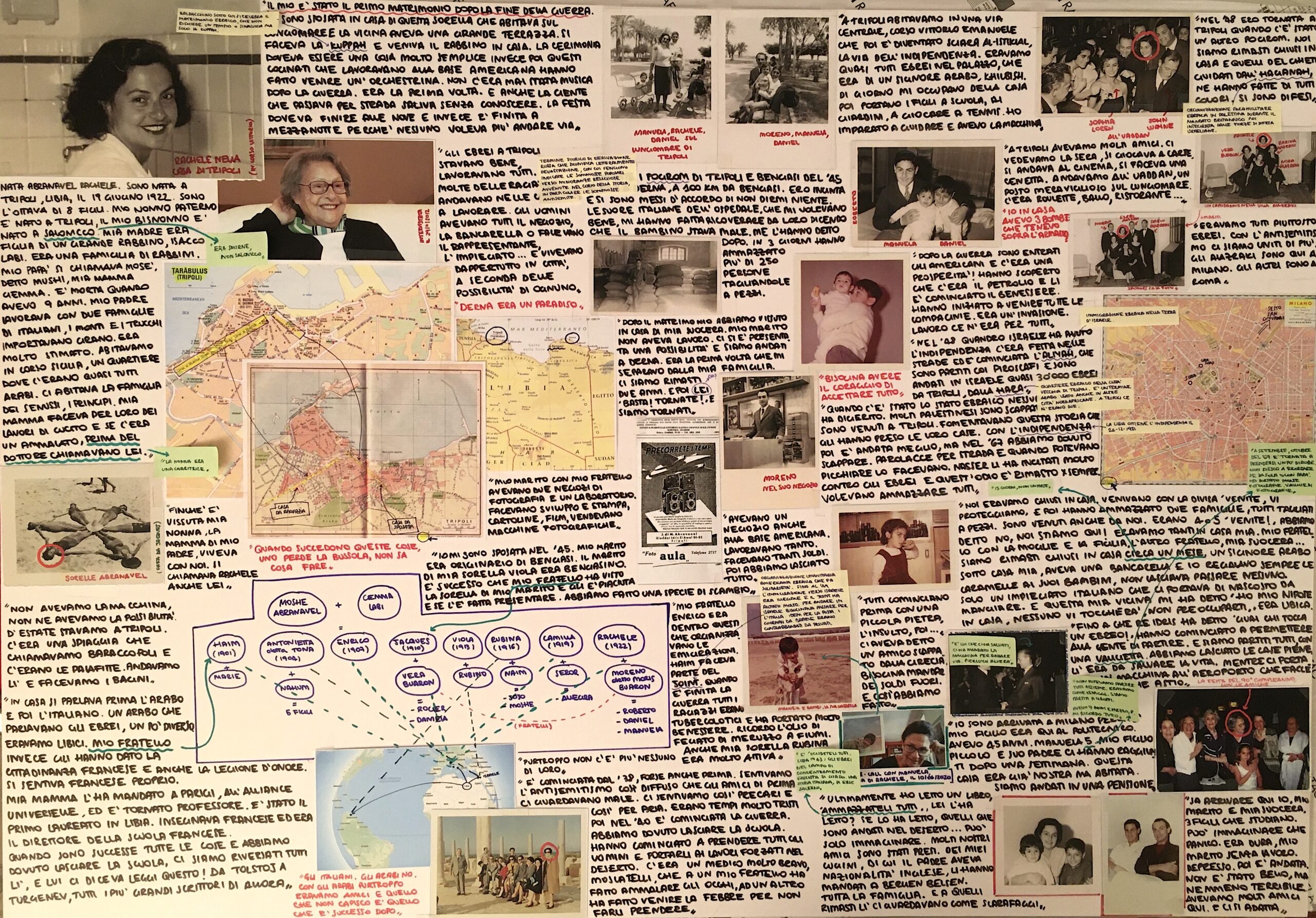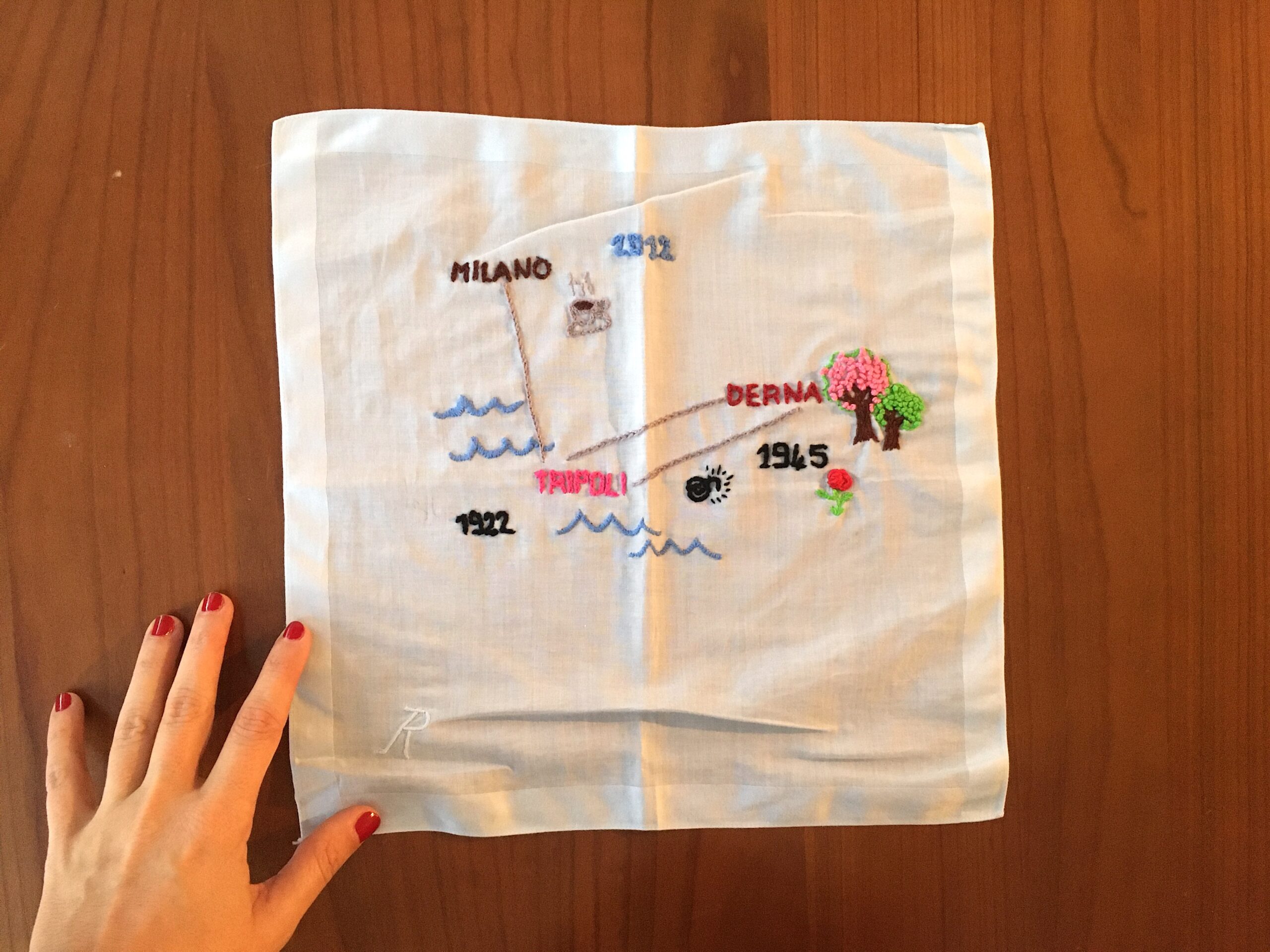The AesthEt(h)ic of the Fragment
Memories of who we are now, who we were, who we wanted to become, are wrapped up in memories of where we are, where we were, and where we will be (would like to be)
Jones and Garde-Hansen 2012: 4
To explore the complexity of the performances of Jewish memories and identities in the context of contemporary migrations, the project focuses on the spatial dimension of personal and shared experiences. This perspective allows grasping, beyond the mere movement of migrants across space, the deep existential implications of leaving, encountering and inhabiting places for individuals and groups (Tuan 1977).
Methodologically, Europe’s (In)Visible Jewish Migrants turns to “mapping,” “the tool long favoured by geographers,” as it “offers a different way to achieve the goal of capturing complexity” (Bodenhamer 2015: 17).
I invited different professionals who work with exceptional sensitivity with “the visual” to work together on a research-creation project, to find an answer to the question I have long pondered: does the form of a map – whether creative, deep or thick – fit the knowledge – complex, diverse or contradictory – embedded in a life story?
This section offer a first overview of the outputs realised in the framework of such collaborations.
REFERENCES
Tuan Y.F., Space and Place. The Perspective of Experience, University of Minnesota Press, Minnesota, 1977.
Bodenhamer D.J., “Narrating Space and Place”, in Bodenhamer D.J. et al. (eds), Deep Maps and Spatial Narratives, Indiana University Press, Bloomington and Indianapolis, 2015, p.17.
On spatial humanities:
Bodenhamer D.J. et al. (eds), The Spatial Humanities. Gis and the Future of Humanities Scholarship, Indiana University Press, Bloomington and Indianapolis, 2010.
On digital humanities: Presner T. et al., HyperCities. Thick Mapping in the Digital Humanities, Harvard University Press, Cambridge and London, 2014.




